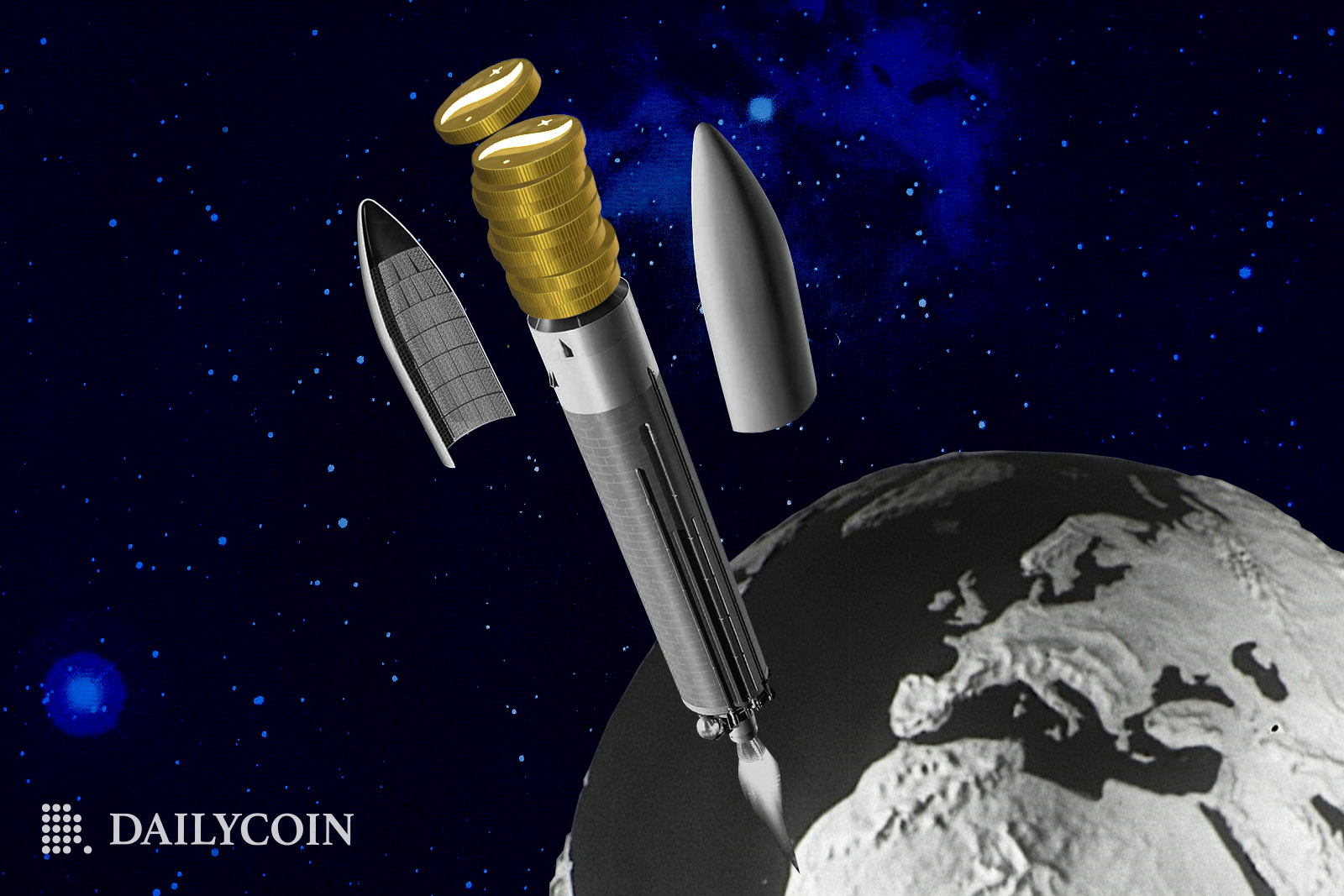
- Scalability remains a major challenge for the Ethereum network.
- Starknet is testing an upgrade to raise the bar in terms of Ethereum scalability.
- This article explores how developers have managed this feat.
With the growing adoption of the Ethereum network, the problem of scalability has arisen. This problem has sparked a race among Layer-2 solutions to achieve the best results.
One of these Layer-2 networks is Starknet, a solution based on zero-knowledge rollups developed by Starkware. The firm recently unveiled version 12 of the protocol on the testnet, which promises to raise the bar of what is achievable in terms of Ethereum scalability.
An Engine Overhaul
The Starknet version 12, dubbed “Quantum Leap,” overhauls the protocol’s sequencer’s engine, as Starkware Developer Advocate Henri Lieutaud explained.
Sequencers process transactions off the Layer-1 chain (Ethereum in this case) and produce rollup blocks. In the case of Starknet, the blocks produced by this component are fed to a prover, which generates proof of the transaction’s validity for the Layer 1 network.
Sponsored
In a recent Epicenter Podcast interview, Starkware co-founder Eli Ben-Sasson explains that the current sequencer has served as a “bottleneck” for the network. Why? Ben-Sasson notes that it is because it is written in Python. As such, with Quantum Leap, the firm opted to rewrite the sequencer in Rust.
According to Ben-Sasson, the change boosts the efficiency of the sequencer by about 100 times, pushing the network’s transaction per second (TPS) capacity into triple digits. Meanwhile, the benefit of the Quantum Leap upgrade is not limited to an increased TPS. The upgrade also promises to significantly lower the time necessary for transactions to be confirmed to about 15 seconds.
Sponsored
With the upgrade, Starknet is expected to surpass Ethereum and all other Layer 2 networks in terms of TPS.
The change is notably still being voted on by the community but is favored to be approved for mainnet implementation. At the time of writing, Snapshot data shows that 90.16% of voters favor the upgrade. If the vote remains like this at the end of the voting period, Quantum Leap will be implemented on the mainnet on July 13.
On the Flipside
- Starknet’s projected throughput is still well behind competitors like Solana, which can process thousands of transactions per second on paper.
Why This Matters
Starknet’s Quantum Leap upgrade pushes the bounds of Ethereum scalability to new heights.
Airdrop speculation recently sent Starknet’s TVL soaring. Find out more:
Airdrop Hype Sends Polygon zkEVM, zkSync Era, and StarkNet TVLs Soaring
Find out why ERC 7265 is not a total salve for DeFi hacks:
Why Ethereum’s ERC 7265 Isn’t a Silver Bullet Against DeFi Hacks

